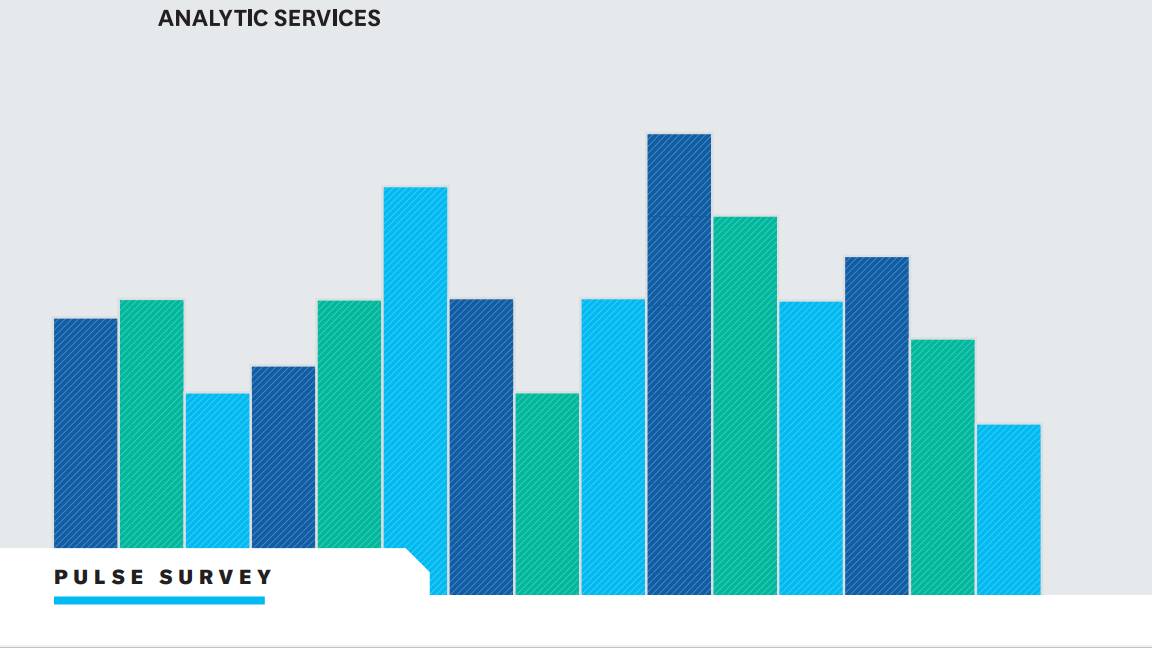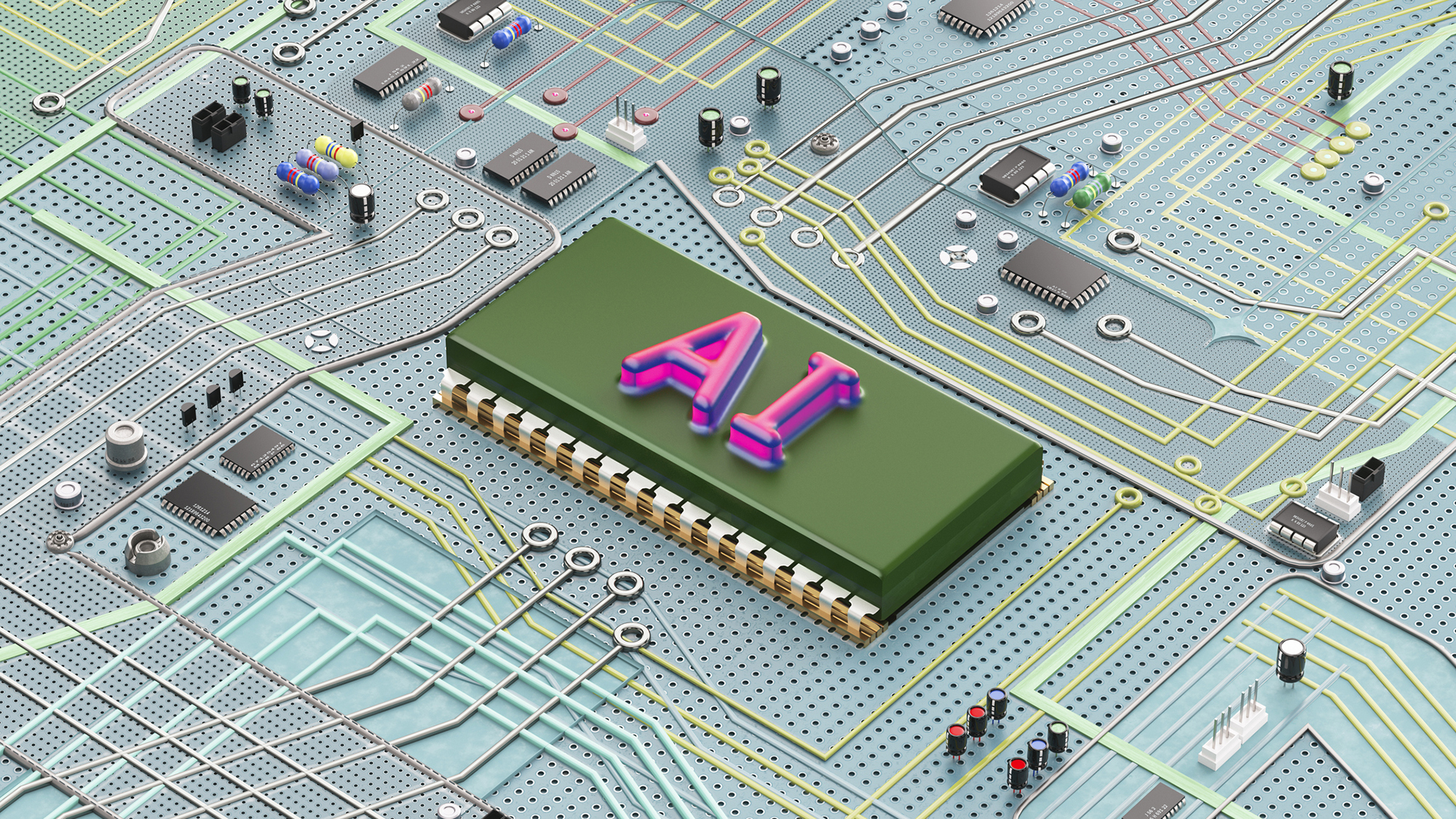Virtual reality could be the next frontier in software development: Devs are excited about productivity and virtualization benefits — but hefty price tags and health concerns may hamper adoption
Coding in virtual reality has a lot of promise, but exorbitant costs and health concerns mean adoption remains low


Virtual and augmented reality could be the next big trend in software development as devs warm to the use of the tools, but there are still a few key barriers blocking adoption.
VR/AR tech offers programmers a more focussed work environment, with a virtualized workspace but research suggests the platform isn’t quite mature enough for widespread adoption.
JetBrains’ 2024 State of Developer Ecosystem report gauged 23,252 developers' interest in using VR headsets when working, asking if any had experimented with VR when coding.
The results indicated coding in VR remains fairly nascent, with just 8% of developers reporting they had tried using the hardware for programming.
However, there is a clear appetite to experiment with VR, with 50% telling JetBrains they were eager to try the technology.
Respondents who had used VR for coding said the primary benefit is that it enhances the visualization of complex data (42%).
A similar proportion (39%) said the multi-screen virtual workplace increased their productivity, with a quarter reporting they preferred the virtual workspace to their physical monitor set up.
Get the ITPro daily newsletter
Sign up today and you will receive a free copy of our Future Focus 2025 report - the leading guidance on AI, cybersecurity and other IT challenges as per 700+ senior executives
Similarly, more than a quarter (28%) of respondents using VR said it greatly simplified testing VR-specific applications.
The tech still looks to be a way off entering mass adoption, however, with the most common hurdle identified as the high cost of the equipment and uncertainty about how beneficial it truly is.
JetBrains found these concerns were real among those already using VR, with 18% of developers reporting they experienced physical discomfort or have concerns for their health related to prolonged VR use.
Virtual workspaces are promising but there are kinks to work out
There have been notable examples of using VR in coding over the last year. Popular design and development content creator Adrian Twarog detailed his experiences using the Apple Vision Pro for day-to-day tasks, including programming in VS Code.
Twarog said he appreciated that the Vision Pro allowed him to dim or block out the real world and better focus on his work, but highlighted a number of areas where the experience felt inferior to his traditional monitor set up.
In particular, blurriness was a recurring issue across a number of applications, with fonts being harder to read in virtual reality. Twarog noted that there is no native VS Code application for Vision Pro, for example.
“While GitHub Codespaces could be used inside of Safari, I wouldn't be able to work on a project locally, and would need to bring my laptop anyway. I did like the fact that the mouse and keyboard tracking carried across from my keyboard to virtual screens though!”
RELATED WHITEPAPER

Overall, Twarog said he wouldn’t recommend using Apple Vision Pro for coding, adding that he is looking forward to seeing the improvements made with the product’s later iterations.
Speaking to ITPro, Randall Degges, head of developer relations and community at developer security platform, Snyk, was slightly more positive about his experiences using a cheaper AR product for coding.
“I'm a developer by trade, and recently decided to give AR coding a try for the first time earlier this year. In particular, I ended up purchasing a pair of XReal Air2 Ultra AR glasses, as they have sufficiently high resolution to do computer screen work in high-definition, as well as a simple interface for working with your glasses.”
Degges said he considered the Apple Vision Pro but ultimately could not justify its hefty price tag, noting that he was mainly looking for a solution that wouldn’t require him to lug around large monitors when on the move.
“I was originally tempted to try the Apple Vision Pro, but at $3500 USD, it was just too expensive to experiment with, which is what led me to check out an alternative. So far, I've been fairly impressed. My main use case for trying AR for development tasks was to essentially be able to bring multiple large monitors with me when using my laptop without having to haul a lot of equipment around.”
He said the XReal glasses were able to do exactly this, meaning he could multi-task with documentation and IDE open simultaneously, with relatively little set up.
“Using the Mac app for the XReal glasses, I'm able to connect a USB-C cord from the glasses to my Macbook, configure how many virtual ‘monitors’ I want, then I instantly get a massive visual set up in front of me that allows me to have documentation open in one window, a couple terminals open in another, and a big IDE experience in a third (I typically use the 3 virtual monitor setup). This would be really hard to replicate otherwise, as you'd need 3 massive monitors with you everywhere, which just isn't feasible.”
Overall, Degges said he is optimistic about the potential of virtual reality products to change the nature of development, adding he expects more developers to make the switch to virtualized workspaces in the future.
“For a lot of developers (like me!), it's becoming more common to do engineering work on your laptop, rather than at a dedicated desk, but the pitfalls of the laptop experience is that even the highest-quality, largest laptops don't provide enough screen real estate for rapid engineering work,” he explained.
“As a professional developer, you NEED the ability to have multiple monitor's worth of information at once, so I suspect that more and more developers will start to adapt AR and VR glasses as time goes on to better improve their working conditions without the physical hassle.”

Solomon Klappholz is a former staff writer for ITPro and ChannelPro. He has experience writing about the technologies that facilitate industrial manufacturing, which led to him developing a particular interest in cybersecurity, IT regulation, industrial infrastructure applications, and machine learning.
-
 Should AI PCs be part of your next hardware refresh?
Should AI PCs be part of your next hardware refresh?AI PCs are fast becoming a business staple and a surefire way to future-proof your business
By Bobby Hellard
-
 Westcon-Comstor and Vectra AI launch brace of new channel initiatives
Westcon-Comstor and Vectra AI launch brace of new channel initiativesNews Westcon-Comstor and Vectra AI have announced the launch of two new channel growth initiatives focused on the managed security service provider (MSSP) space and AWS Marketplace.
By Daniel Todd
